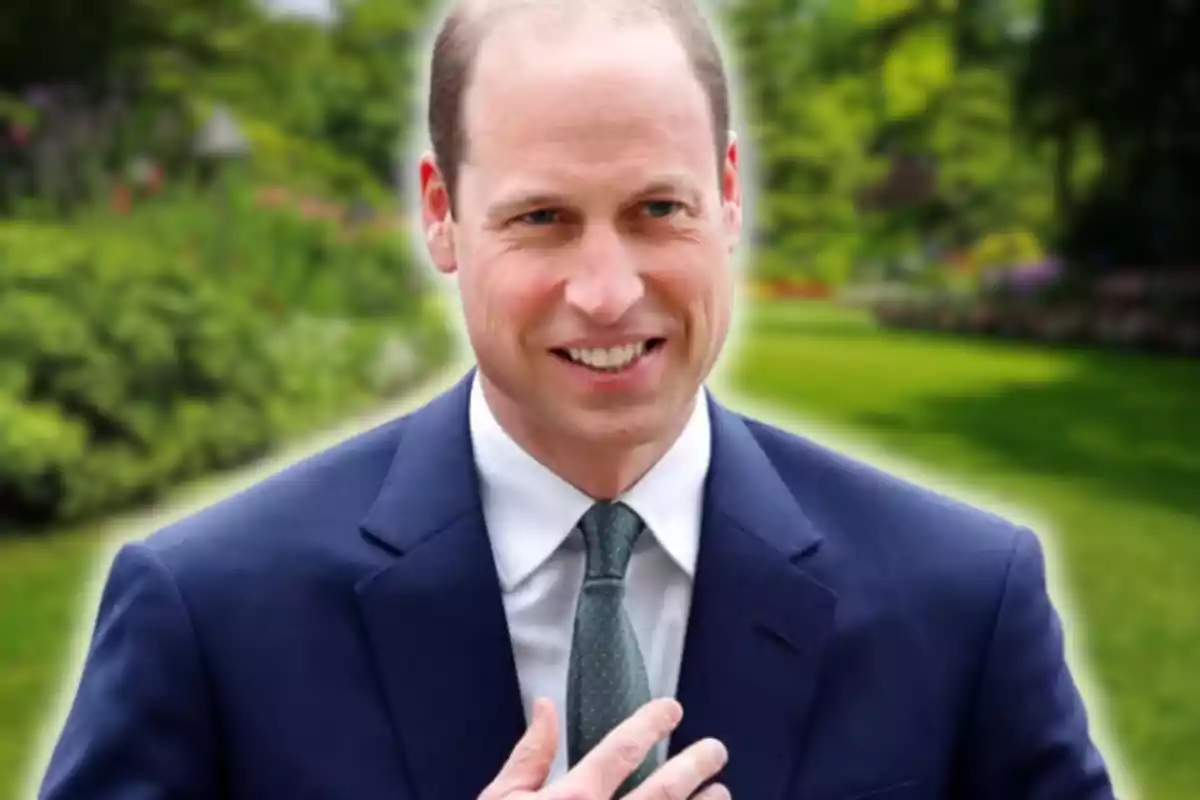Outwardly, the image of the Prince and Princess of Wales is the epitome of royal perfection. Every official act, every shared photograph, and every public appearance are meticulously choreographed to project stability, elegance, and an unwavering sense of duty.
However, behind palace walls, it seems that a much more complex and down-to-earth reality is brewing, one that threatens to shatter that idyllic portrait and features the alleged explosive character of England's future king, Prince William.
The pressure of being the heir to the throne has marked William's life since his birth. Raised under the strict gaze of his grandmother, Queen Elizabeth II, and his father, King Charles III, every step of his upbringing was designed to shape an impeccable monarch. He was instructed in the art of public speaking, protocol, and emotional restraint, all to ensure the continuity and stability of the Crown. But that rigidity, according to various sources close to the British royal family, may have had an unexpected effect: forging a volcanic temper that erupts in private.

A character forged under royal pressure
Far from the serene and controlled image he projects, it is said that the Prince of Wales is prone to "little tantrums and irritations" when things do not go exactly as he wishes. Royal expert author Tom Quinn has revealed in his writings, based on testimonies from palace staff, that shouting and outbursts are not uncommon.
"William can have a terrible temper," these sources state, describing a man whose reactions can be excessive and whose treatment of staff sometimes leaves much to be desired.
This lesser-known side of the prince is not new. Royal biographer Robert Lacey, in his book Battle of Brothers, already detailed episodes of fury, stating that even Queen Camilla was "horrified" in the past. She witnessed the "tirades and rants that William sometimes unleashed against his father."
The worrying echo in his children
The most alarming aspect of this situation is the effect it seems to be having on his three children: George, Charlotte, and Louis. The little ones, always presented to the world as examples of good manners and discretion, are reportedly beginning to imitate their father's behavioral patterns.
According to staff at the Wales residence, it is not unusual to hear the children using rude expressions and words in their games, a clear reflection of what they witness at home during tense moments.

This behavior is reportedly clashing head-on with their mother Kate Middleton's efforts. The Princess of Wales has always placed enormous emphasis on instilling values of respect and good manners in her children. In her home, according to sources close to the family, shouting is considered a "completely forbidden" practice and, instead of the traditional "naughty step," the children are taken to a "talking sofa" to calmly discuss their behavior. There is a clear intention to raise the future leaders of the monarchy with a foundation of dialogue and respect.
Kate Middleton, the pillar at the crossroads
In this complex scenario, Kate stands as the mediating and stabilizing figure. Those who know the couple's dynamic state that the princess "treats William like her fourth child" when he has one of his outbursts. Her ability to handle these situations with the same calm and strategy she applies with her children is, according to experts, one of the keys to balance in their marriage. "I don't know where William would be without Kate," a palace source told author Tom Quinn.
The Princess of Wales, with her pragmatic approach and insistence on communication, finds herself in the difficult position of counteracting a paternal example that could undermine years of careful upbringing. While she promotes calm, the reality at home is that the prince's frustration sometimes becomes audible, creating an environment where poor manners are normalized.

